The China-US trade war has been a dramatic season of fiery actions. Both countries have announced waves of tariffs and economic restrictions, and of course, one can expect implications on the global market. Here’s the full gist.
U.S. Increases Tariffs on Chinese Imports

In early March 2025, President Donald Trump signed an executive order under the International Emergency Economic Powers Act (IEEPA), raising tariffs on all Chinese imports from 10% to 20%.

The new tariffs, effective March 4, 2025, were aimed at protecting American industries and addressing trade imbalances. According to the Trump administration, the tariff hike is part of a broader strategy to reduce the United States’ trade deficit with China, which has been on for decades.
China Retaliates with Tariffs and Trade Barriers

China wasted no time in responding. On March 10, 2025, it announced a series of retaliatory trade measures that include:
- 15% tariffs on American agricultural goods such as chicken, wheat, cotton, and corn
- 10% tariffs on soybeans, pork, beef, sorghum, and dairy products
- Export restrictions on critical minerals like tungsten, molybdenum, and bismuth impacting tech and energy sectors
- Unreliable Entity List additions targeting U.S. defense-linked companies
- Restrictions on U.S. film releases in Chinese cinemas
Next Move From The U.S.
The next move from the U.S. came on April 2, 2025. President Donald Trump officially introduced his long-promised “reciprocal” tariff policy as part of his push to reshape global trade. He established a 10% baseline import tax on all goods entering the U.S., regardless of origin.
But that wasn’t all. In a direct challenge to countries with large trade surpluses against the United States, Trump announced that dozens of nations would face higher rates, with China at the center of the storm. Under this framework, imports from China became subject to a steep 34% tariff.
China Hits Back with 34% Tariff and Rare Earth Export Controls
On April 4, 2025, China took the trade war to the next level by announcing a 34% tariff on all U.S. imports, set to take effect on April 10.
This sharp response was billed as a direct match to President Trump’s recently introduced “reciprocal tariff” on Chinese goods. The tariff wasn’t the only blow.
China also declared tighter export controls on rare earth materials, which are important for manufacturing semiconductors, electric vehicle batteries, and other high-tech products. Then, the government blacklisted 27 U.S.-linked companies, adding them to its Unreliable Entity List or subjecting them to new export restrictions.
Latest Update: U.S. Hikes Chinese Import Duties to 125%
While the new 10% baseline tariff on nearly all global imports remains in place, President Trump announced a temporary 90-day pause on global tariffs on April 9, 2025.
But in a not-so-surprising shock, he did not pause on China. Trump revealed that the U.S. would immediately raise tariffs on Chinese goods to 125%, up from the already hefty 104% total rate.
Then, on April 10, the White House made it clear that the tariff figure is actually 145% once they add the previous 20% fentanyl tariffs.
Global Markets React to Rising Tensions In China-US Trade War
Financial markets have shown immediate volatility amidst the China-US trade war. Japan’s Nikkei 225 plunged 4.7%, South Korea’s KOSPI fell 1.6%, and Australia’s ASX 200 dropped 2.1%.
Additionally, U.S. indices such as the Dow Jones, S&P 500, and Nasdaq saw significant one-day losses. The entertainment industry may also lose substantial box office revenue as Hollywood films face tighter restrictions in China, the second-largest film market in the world.
What happens next will depend on the strategies both countries choose to employ in the coming months and whether any diplomatic solutions can emerge to end this escalating trade war.
Stay tuned with us on our blog and our X account for all the updates.





